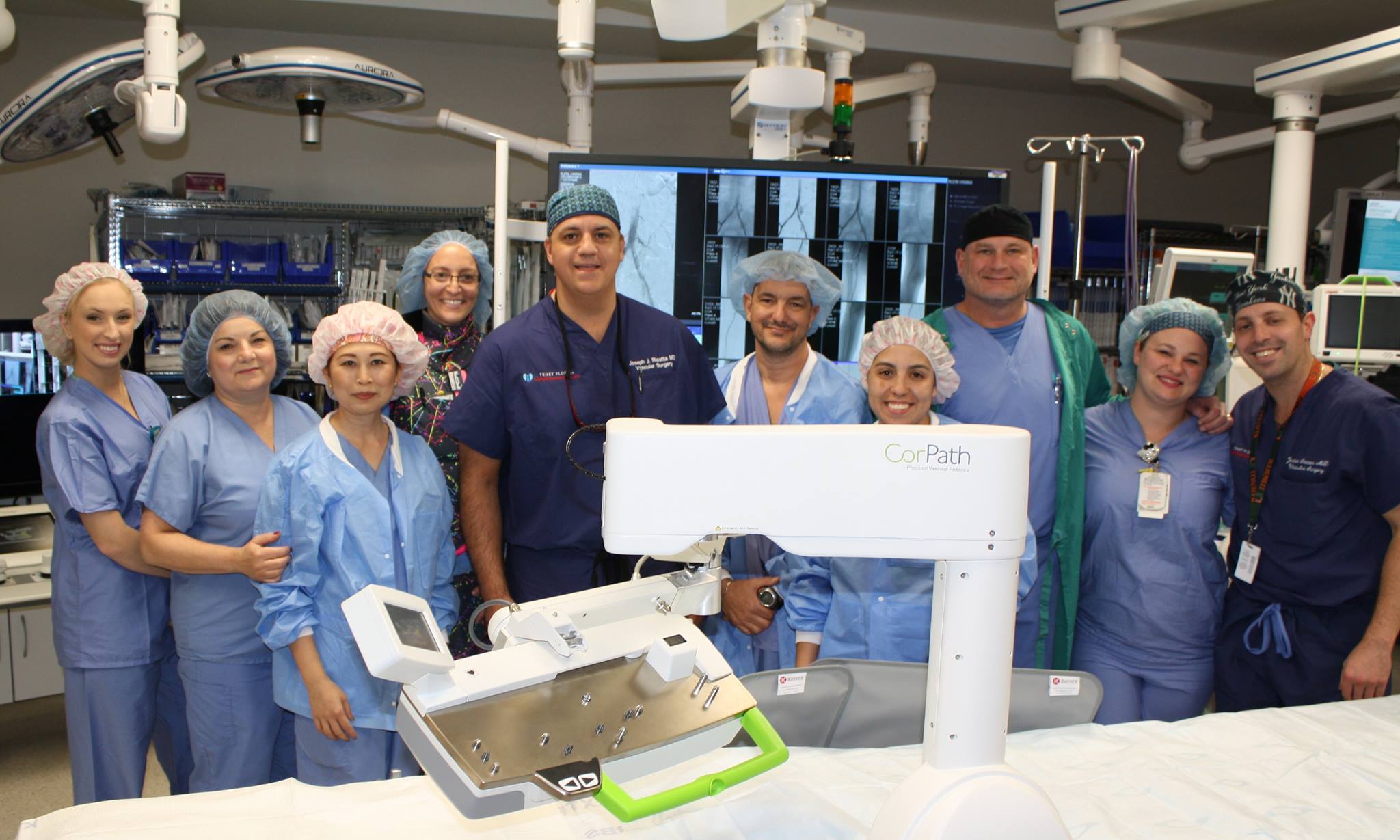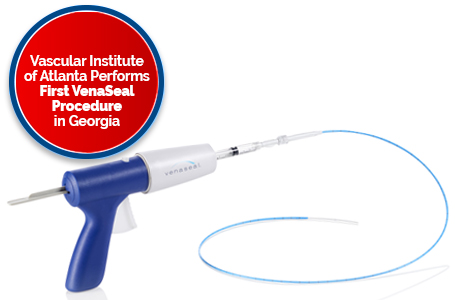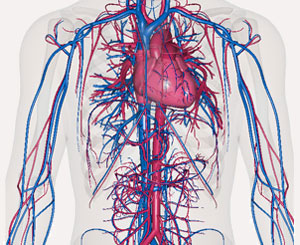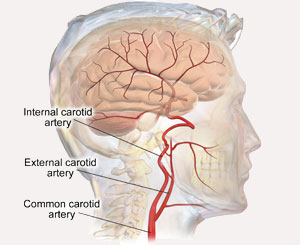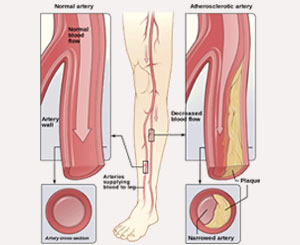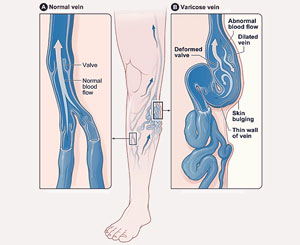When searching for information online, there tends to be a great deal of conflicting data about what varicose vein disease actually is, as well as the available options for treatment. All-too-often, people find themselves struggling with consistent pain and irritation, without realizing that their issues may be easily treated under the right care. Plain and simple, varicose veins do not have to be a way of life.
With that being said, in the hopes of disseminating the right information, I’ve listed some of the top myths regarding varicose vein disease.
MYTH #1: Varicose veins are purely cosmetic.
Not only is the notion that varicose veins are harmless incorrect, it has the potential to cause long-standing and dangerous complications. Varicose veins can cause symptoms such as pain or bleeding, but may also be a harbinger of a more serious underlying condition known chronic venous insufficiency (CVI), which is a serious vein disease that makes it difficult for blood to return to the heart from the legs. When this happens, instead of the blood flowing from the legs to the heart, it flows the wrong way back toward the legs and pools there. This can lead to pain, heaviness, and swelling of the legs, but more importantly, it can also cause dark discoloration of the skin and even skin breakdown leading to ulcers.
MYTH #2: Varicose veins are the same as spider veins.
While both are classified as vein disorders, there are clear differences between the two conditions. For starters, spider veins tend to be smaller than varicose veins, presenting as purple or red web-like clusters just below the skin’s surface. Varicose veins, on the other hand, are larger and show up as blue bulges under the skin
As far as causes, spider veins tend to be inherited; however, prolonged periods of sitting, standing, or weight gain may also play a role. Varicose veins are generally the result of faulty valves in the leg, which allow blood to reflux backwards into the veins, causing increased pressure and pain.
In regards to treatment, since spider veins do not generally cause symptoms, their care is often cosmetically-based, while varicose veins are treated to not only avoid discomfort, but to prevent the additional complications mentioned above.
MYTH #3: Insurance will not cover the cost of treatment since varicose veins are purely cosmetic.
As previously discussed, untreated varicose veins can lead to a variety of serious health issues, which means treatment is almost always covered by insurance, particularly when conservative measures—such as compression stockings and analgesics—have already been tried. Current research points to the importance of early care, since venous disease has a tendency to be progressive if preemptive measures are not taken in advance.
However, it’s worth noting that while treatment for spider veins is often not covered by insurance—since their presentation is generally cosmetic—coverage may still be an option if there are underlying signs of vein disease.
MYTH #4: Varicose vein disease only affects older adults.
While people over the age of 50 are more susceptible to the development of varicose veins, it’s important to realize that increasing age only presents a slight risk factor. Yes, our bodies experience wear and tear as we get older; however, the primary cause of vein disease is actually heredity. In fact, while somewhat uncommon, it’s entirely possible to see the development of varicose veins in teenagers and young adults. While the progression of symptomatic varicose veins may be somewhat slow, signs of venous disease should be fully investigated at any age.
MYTH #5: Only women are afflicted with varicose veins.
Although women are almost four times more likely to deal with varicose veins then men, studies show that an average of 45% of men will deal with them at some point in their lives. While there is some dispute over the actual numbers involved, most experts agree that while a significant number of men actually get varicose veins, they are often less likely to seek the necessary treatment.
MYTH #6: Once repaired, spider or varicose veins will generally re-occur.
This myth actually stems from treatment methods used in the past, which, while performed with good intent, often caused the reappearance of varicose veins. Thankfully, as modern procedures and treatments have increased in their effectiveness, recurrence rates are now less than 5%.
However, when it comes to spider veins, it’s important to realize that their appearance is often tied to female hormones, which may cause them to return after treatment. Should this happen, touch up care may be necessary.
CONTACT THE VASCULAR INSTITUTE OF ATLANTA FOR MORE INFORMATION
If you have any questions or concerns about varicose veins or would like to know your options for treatment, we can help. Venous disease can cause a great deal of pain and discomfort, but you don’t have to suffer alone.
To learn more about what we offer or to schedule an appointment, please call us at 470-355-3053 or visit us online at www.AtlVascular.com.
Dr. Joseph J. Ricotta II MD, MS, FACS
Vascular Institute of Atlanta
www.AtlVascular.com
470-355-3053

